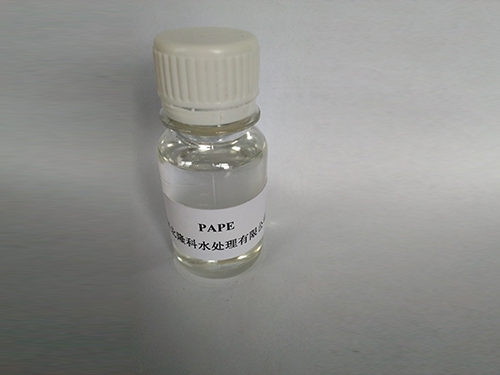Chemical Coagulation and Flocculation Techniques for Effective Water Treatment Solutions
Chemical Coagulation and Flocculation in Water Treatment
Water is one of the most vital resources on Earth, and ensuring its quality is essential for human health, environmental sustainability, and industrial processes. Among the various methods employed to treat water, chemical coagulation and flocculation stand out as effective techniques for removing suspended solids, colloids, and dissolved materials from water. These processes play a crucial role in both drinking water treatment and wastewater management.
Understanding Coagulation and Flocculation
Chemical coagulation and flocculation are two interrelated processes that enhance the removal of particles from water. Coagulation is the initial step where chemicals, known as coagulants, are added to the water to destabilize the fine particles and colloids present. These coagulants typically contain substances like alum (aluminum sulfate), ferric chloride, or polyaluminum chloride. When introduced to water, coagulants react with contaminants, causing them to aggregate into larger clumps or flocs.
Following coagulation, the second step—flocculation—occurs. In this stage, gentle mixing is employed to encourage the formation of larger floc particles from the smaller ones. This is critical because larger floc particles can be more easily removed from the water through sedimentation or filtration. The flocculation process can be optimized by controlling factors such as mixing speed, time, and the concentration of coagulants.
The Role of Chemicals in Water Treatment
The choice of coagulants is essential in optimizing the water treatment process. The most commonly used coagulants include aluminum-based and iron-based compounds. Aluminum sulfate is widely favored due to its effectiveness and cost-efficiency. However, the selection of a coagulant often depends on the specific water quality parameters and the contaminants present. For instance, ferric chloride might be preferred in scenarios where water is rich in organic matter or color.
In addition to traditional coagulants, newer advancements, such as polymeric coagulants, have gained popularity due to their enhanced performance and reduced environmental impact. These are typically more efficient at lower dosages, resulting in less sludge generation during the treatment process.
chemical coagulation and flocculation water treatment

Applications in Drinking Water Treatment
In drinking water treatment, chemical coagulation and flocculation are essential for ensuring water safety and quality. These processes effectively remove pathogens, sediment, organic matter, and other impurities that could pose health risks. Following coagulation and flocculation, the water is usually subjected to further treatment stages such as sedimentation, filtration, and disinfection to ensure that it meets regulatory standards.
The effectiveness of coagulation and flocculation can be influenced by various factors, including pH, temperature, and the presence of competing ions. Therefore, continuous monitoring and adjustment are necessary to optimize the treatment process and achieve the desired water quality.
Applications in Wastewater Treatment
In wastewater treatment, coagulation and flocculation are instrumental in removing pollutants before the effluent is released back into the environment. Industries, such as textiles, paper, and food processing, often generate wastewater containing high levels of suspended solids and organic substances. Implementing chemical coagulation and flocculation can significantly reduce these pollutants, making the discharge more compliant with environmental regulations.
Moreover, this process is also beneficial for sludge thickening, which enhances the efficiency of subsequent treatment processes such as anaerobic digestion or dewatering. By integrating coagulation and flocculation into wastewater management systems, facilities can lower their operational costs and improve their overall effectiveness.
Conclusion
Chemical coagulation and flocculation are indispensable components of modern water treatment systems. By employing these techniques, we can effectively remove contaminants from both drinking water and wastewater, ensuring that our water resources remain safe and sustainable. As water scarcity and quality issues intensify globally, optimizing these processes will be crucial. Continued research and innovation in coagulant materials and treatment methodologies will enhance the efficiency and efficacy of water treatment, ultimately contributing to a healthier planet and population.
-
lk-319-special-scale-and-corrosion-inhibitor-for-steel-plants-advanced-solutions-for-industrial-water-systemsNewsAug.22,2025
-
flocculant-water-treatment-essential-chemical-solutions-for-purification-processesNewsAug.22,2025
-
isothiazolinones-versatile-microbial-control-agents-for-industrial-and-consumer-applicationsNewsAug.22,2025
-
scale-inhibitor-key-solutions-for-water-system-scale-preventionNewsAug.22,2025
-
organophosphonates-versatile-scale-inhibitors-for-industrial-water-systemsNewsAug.22,2025
-
scale-and-corrosion-inhibitor-essential-chemical-solutions-for-water-system-maintenanceNewsAug.22,2025





